The DYMAN project consortium gathered in Sant Cugat del Vallès, near Barcelona, for its Second General Assembly (GA) on 15–16 October 2025. Hosted at the El Sant Cugat Hotel, the two-day meeting brought together partners from across Europe to share progress, discuss technical achievements, and align strategies for the coming phases of the project.
The event, organised by IDP Ingeniería, Medio Ambiente y Arquitectura as project coordinator, offered a valuable opportunity to review the project’s progress in developing innovative dynamic cooling technologies aimed at transforming thermal management systems across industries.
The meeting began with a warm welcome by IDP, who opened the session by reaffirming the project’s objectives and progress. Following the opening remarks, the consortium was honoured by the participation of Project Officer Darina Botsova, representing the European Innovation Council (EIC). Her presentation underscored the strategic relevance of DYMAN within the Pathfinder Challenges framework, which seeks to bridge visionary science with technological breakthroughs. Botsova highlighted the project’s alignment with the EU’s mission to develop energy-efficient, sustainable cooling systems, capable of reducing global energy consumption and greenhouse gas emissions, an area of increasing urgency amid climate change and industrial decarbonisation targets.
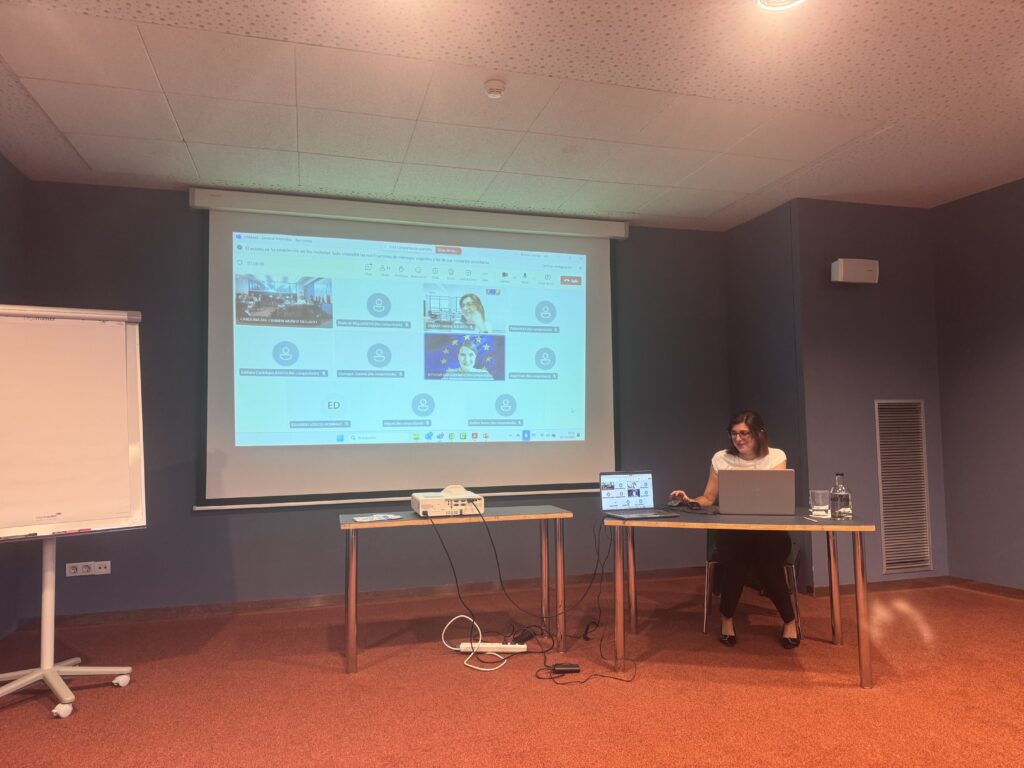
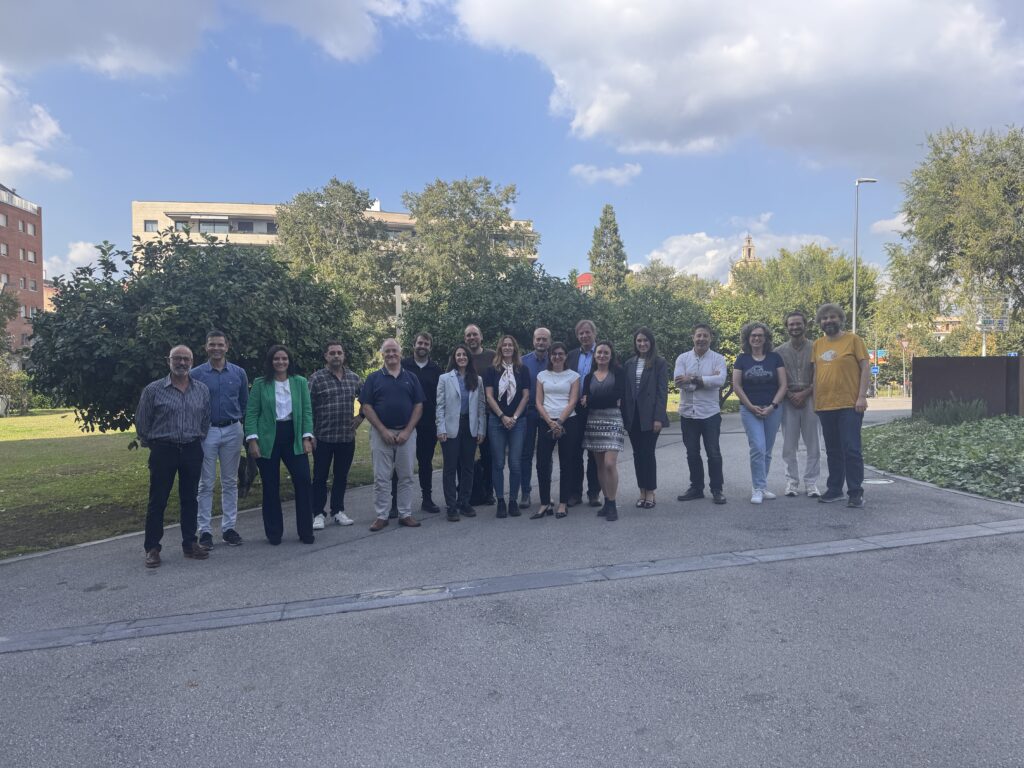
Reviewing the Foundations: Technical Sessions Day 1
After the introductory session, the morning’s agenda focused on progress updates from the work package (WP) leaders.
The BDTA team presented a comprehensive overview of WP1, summarising the milestones achieved in defining the system’s functional requirements and specifications. The team discussed the data gathered from early modelling and simulations and the critical design decisions that now inform the material and component development phases. WP1 session concluded with a discussion of potential bottlenecks in ensuring compatibility between subsystems and real-world deployment environments, setting the stage for further refinement in upcoming deliverables.
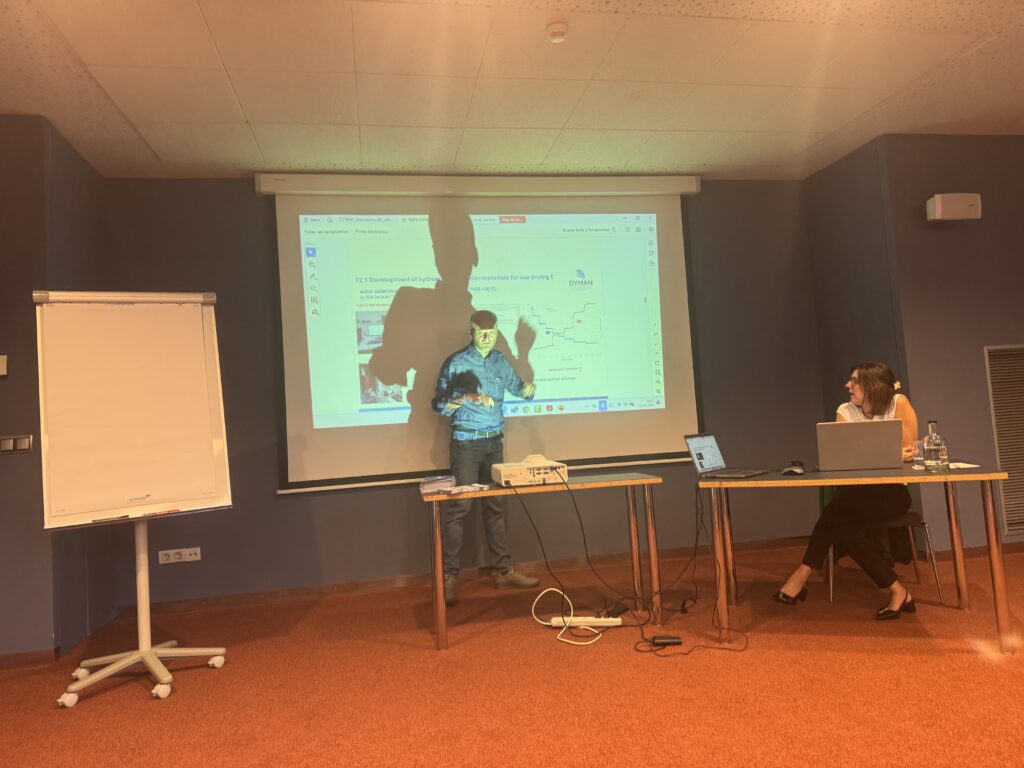
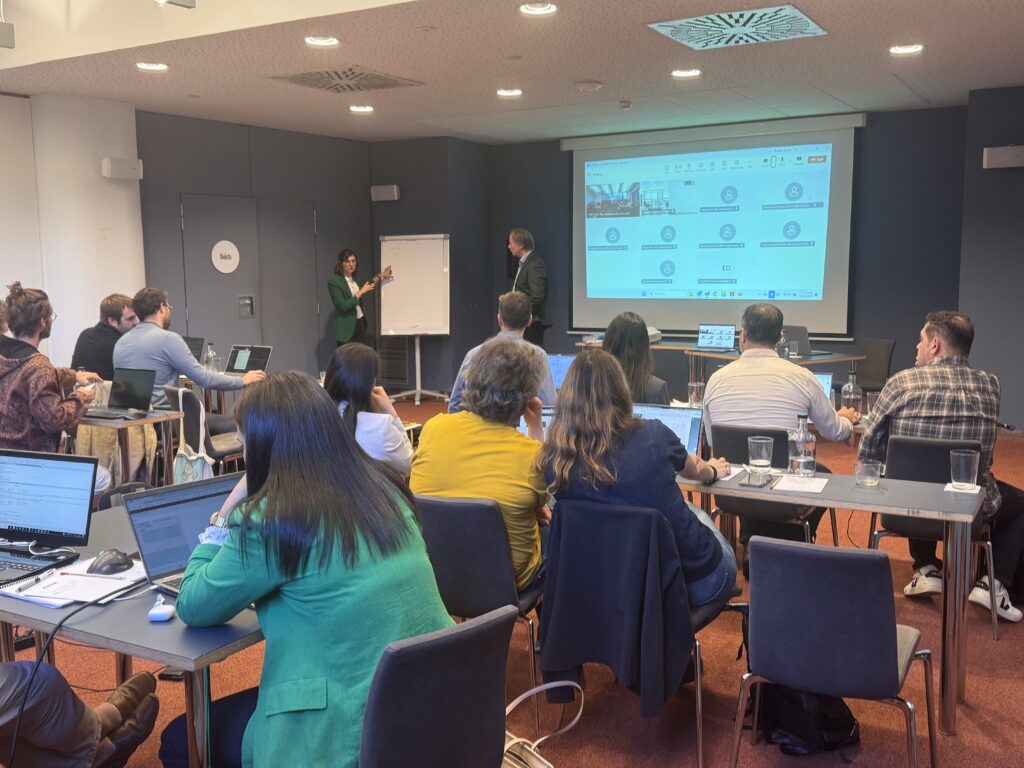
The Consiglio Nazionale delle Ricerche (CNR) team detailed the latest results in advanced material development, focusing on improving thermal conductivity, sustainability, and scalability. They shared insights into subcomponent testing, particularly around next-generation heat exchangers and novel refrigerant substitutes. The team also presented an action plan for the next months, addressing the critical need for performance validation and integration testing in collaboration with WP3 partners. The Work Package 3 session led by SOR highlighted progress in system-level integration and prototype validation. Key challenges discussed included component synchronisation, real-time control feedback, and optimisation of system response times under variable thermal loads. The presentation also laid the groundwork for one of the day’s most engaging moments: the first Technical Discussion, centred on the Chiller Prototype, where all partners contributed perspectives on integration challenges, performance metrics, and data-sharing protocols.
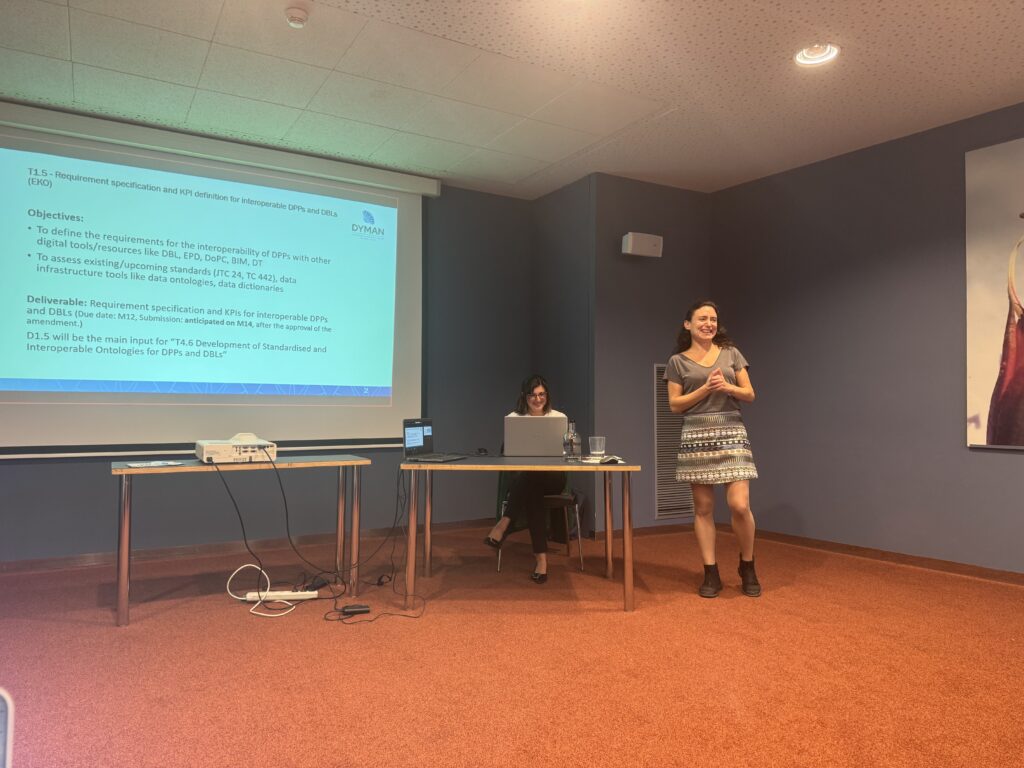
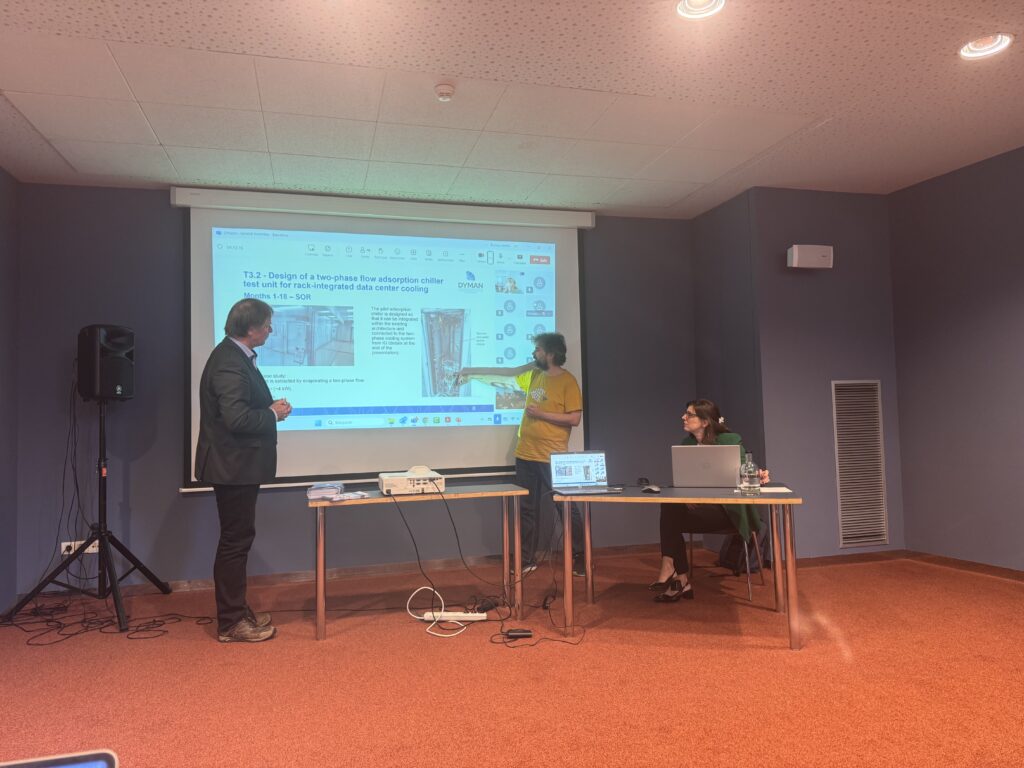
The EAS team gave an update on the development of the ICT architecture and control algorithms. They presented initial simulation results showing how intelligent monitoring can greatly enhance cooling efficiency and lower energy use. The discussion also covered integrating digital twin technology into the system’s control layer, an innovation that supports predictive maintenance, fault detection, and real-time performance optimisation. This naturally led to the second Technical Discussion, focused on Monitoring Systems and Services, where partners discussed interoperability standards, data collection tools, and the possibility of adding AI-driven diagnostics.
In the afternoon, IDP presented the roadmap for the demonstration phase, focusing on virtual validation environments. The work under WP5 is crucial to testing DYMAN’s performance in simulated industrial scenarios before physical deployment. The team demonstrated how the virtual validation models will simulate operational conditions, helping to refine the system’s design and predict real-world behaviour under dynamic circumstances.
The first day concluded with a wrap-up session, summarising key takeaways and defining immediate actions.
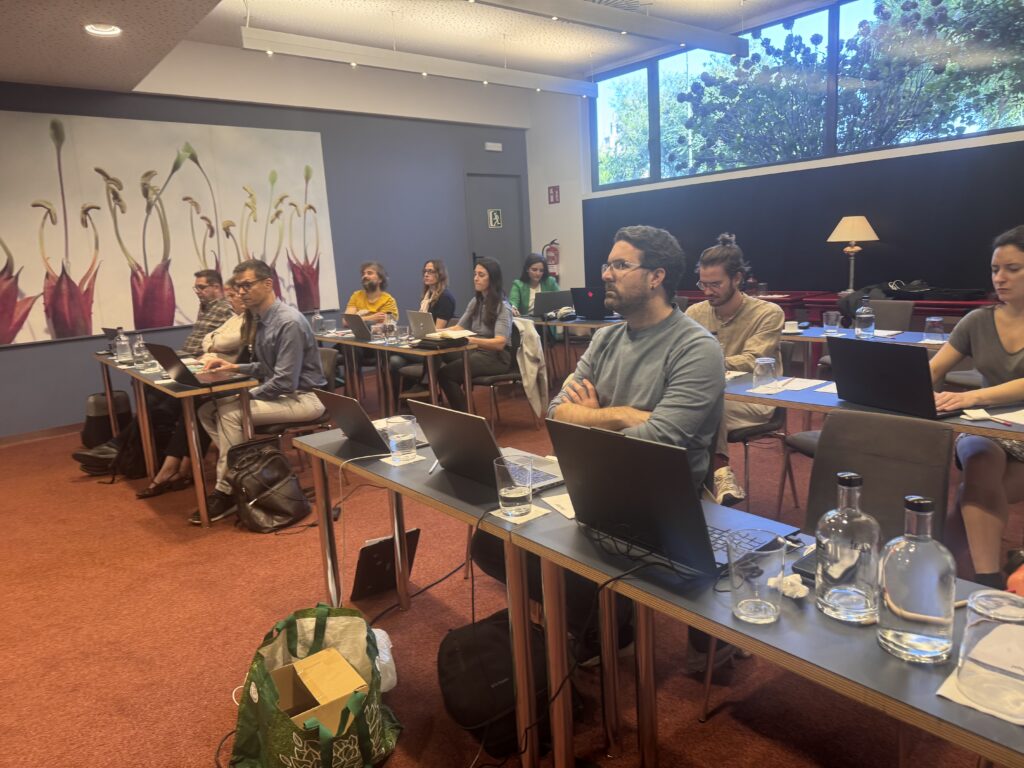
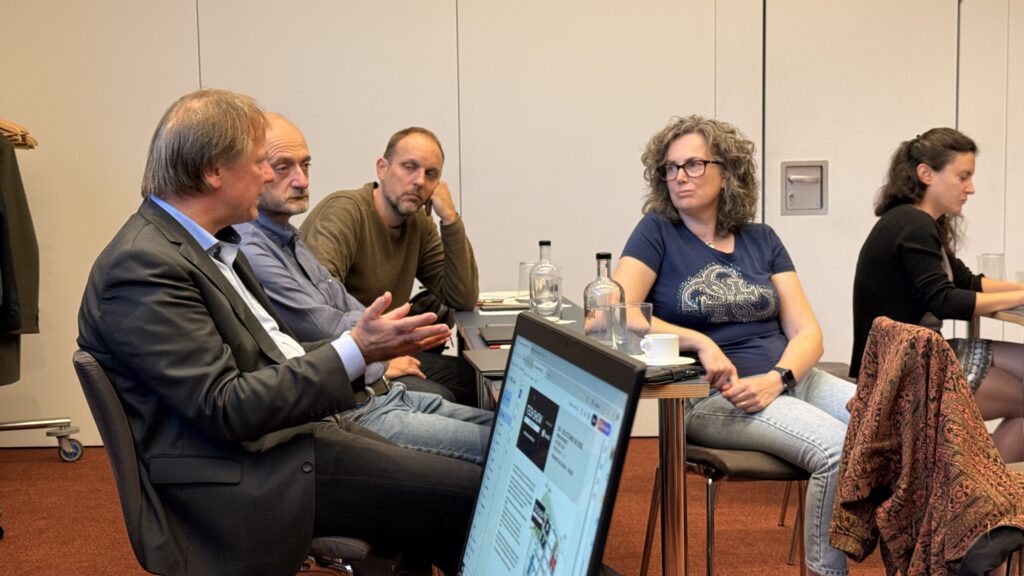
Strategic Focus and Forward Planning: Day 2
The second day began with renewed energy, dedicated to communication, exploitation, and coordination activities.
COMET Global Innovation started the morning session by outlining the project’s communication and dissemination plan. The presentation emphasised DYMAN’s expanding presence in the research and industrial sectors, demonstrated by rising activity on digital platforms and greater involvement in EU networking events and also identified pathways for technology transfer and collaborations with the stakeholders to reach broader audiences.
IDP provided updates on overall coordination, risk management, and their strategic plan for the upcoming six months. The discussion covered the Cooling Strategic Plan, which aims to align DYMAN’s innovations with the larger EIC Pathfinder portfolio. This session emphasised the need to keep scientific research, technical development, and strategic exploitation aligned. It also allowed for feedback on administrative and financial issues, ensuring all partners stay compliant with Horizon Europe requirements.
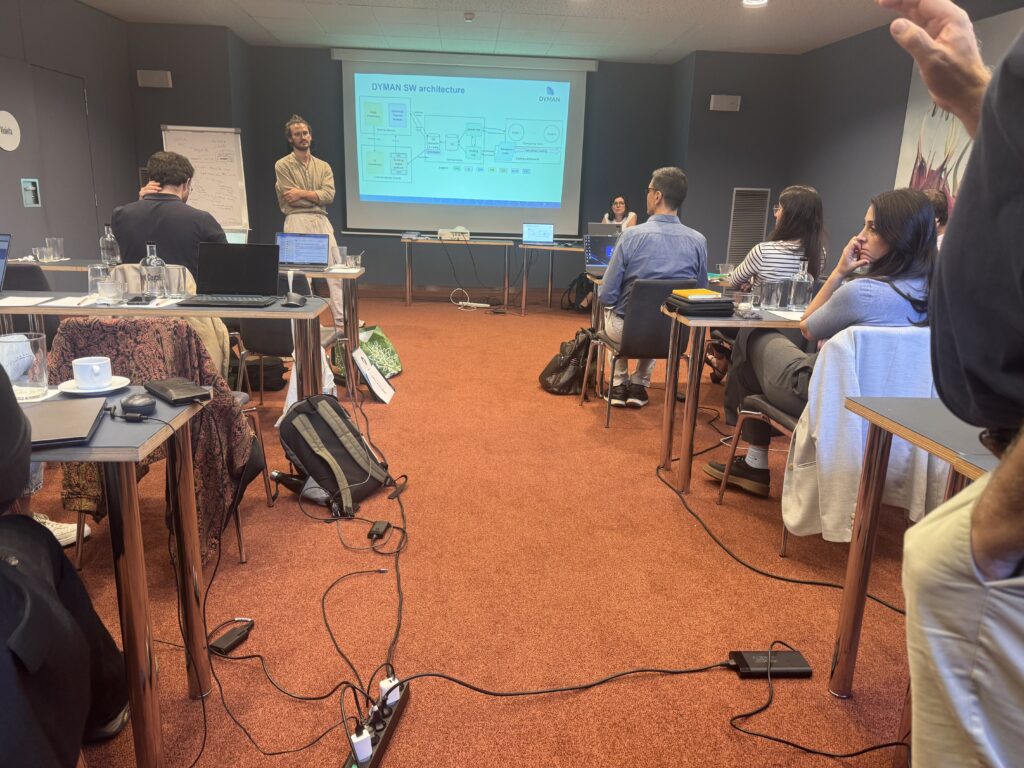
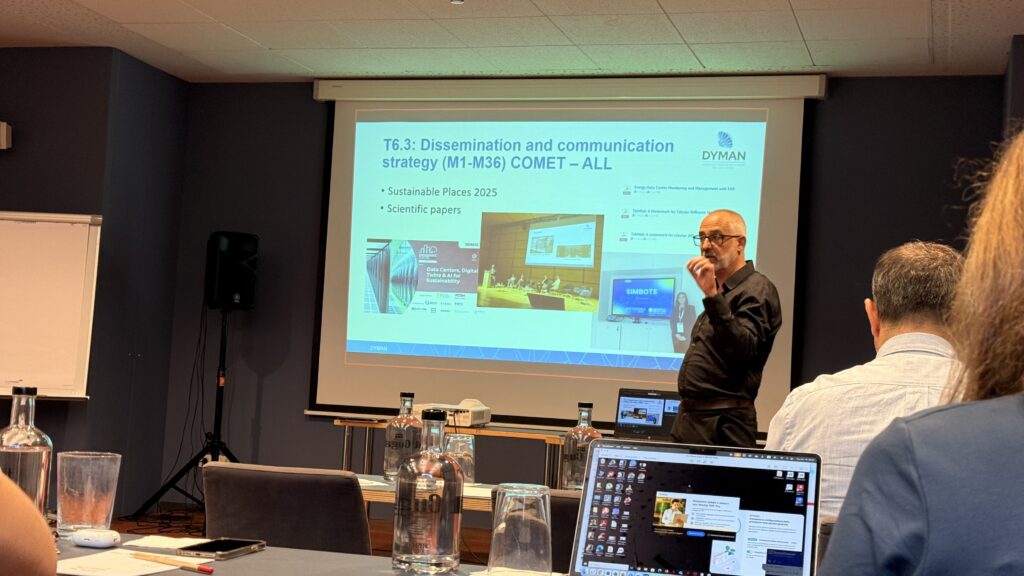
Led by CIBELIOS, the session about exploitation and IPR considerations addressed intellectual property rights, ownership frameworks, and potential exploitation pathways for the project’s results. Discussions centred around patentability, licensing opportunities, and ensuring that DYMAN’s innovations are protected while remaining accessible for collaborative development. Partners exchanged views on balancing open science principles with the need to secure competitive advantages for industrial adoption. This dialogue was essential to define a fair and transparent framework that benefits all participants and maximises impact.
The final session, led by IDP, explored synergies within the EIC Pathfinder portfolio. The team identified opportunities for cross-project collaboration, particularly in the areas of advanced materials, thermal management, and energy efficiency. By engaging with other EU-funded initiatives, DYMAN aims to contribute to a larger ecosystem of innovation, accelerating the transition toward a greener and more sustainable technological landscape.
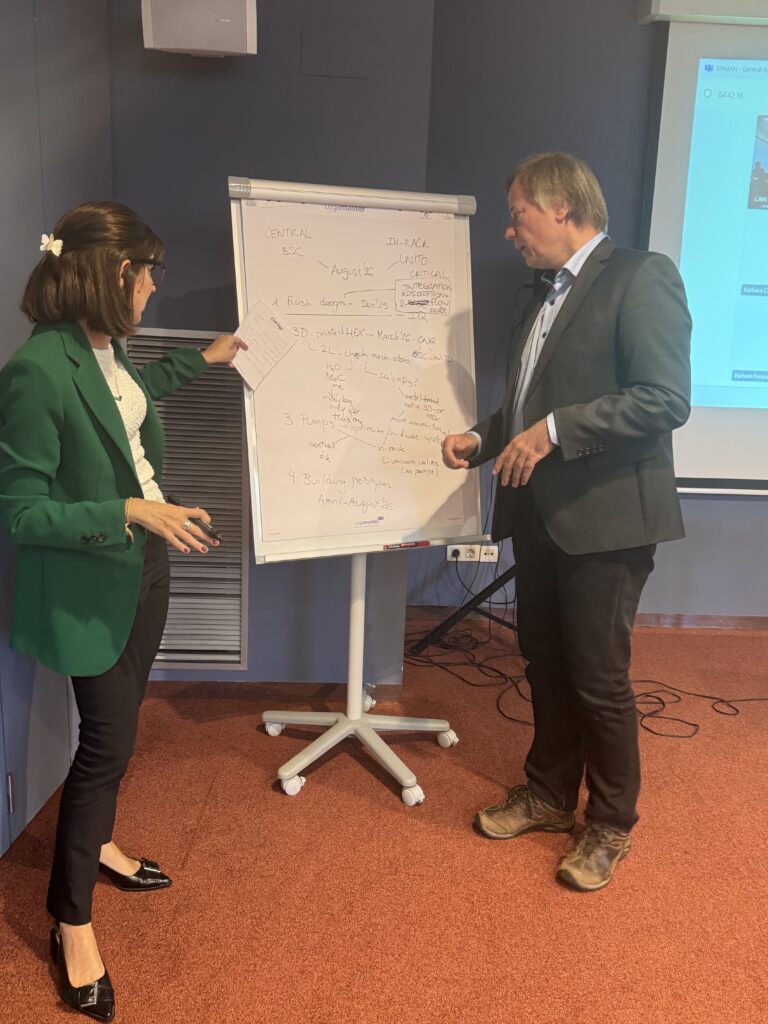
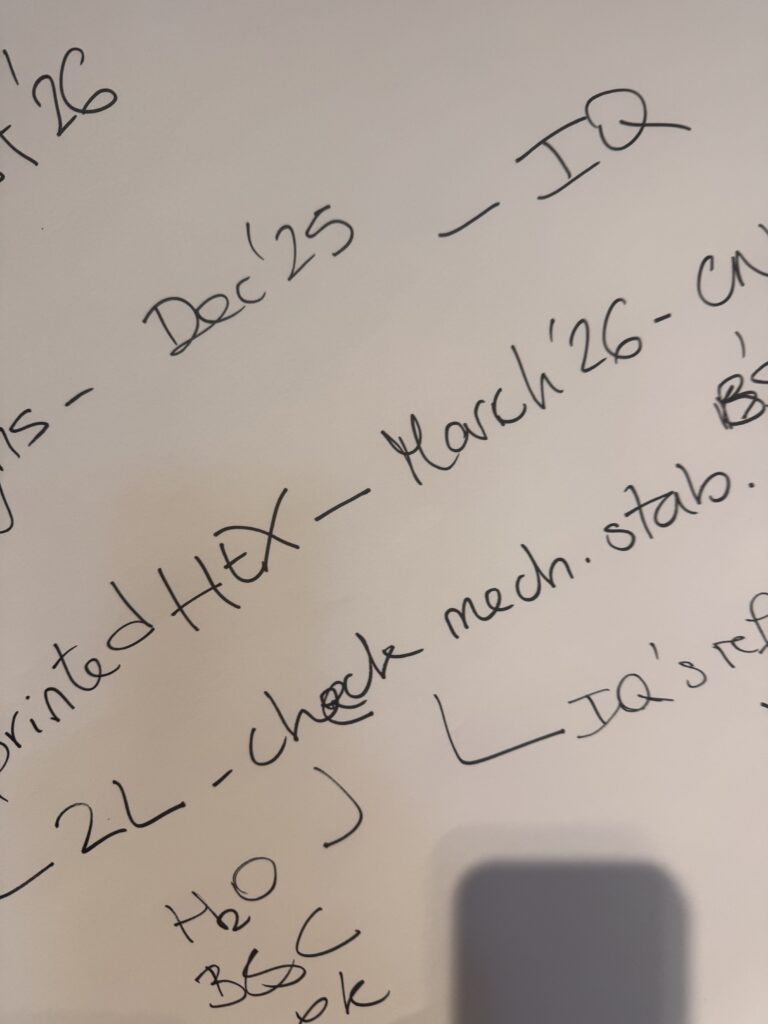
Next Steps
As the General Assembly came to a close, participants reflected on the achievements of the past months and the road ahead. The meeting reaffirmed DYMAN’s position as a pioneering effort in dynamic cooling systems.
The project’s collaborative framework, uniting materials science, ICT, simulation, and system engineering, ensures that progress in one area strengthens the others. This interdisciplinary approach is at the heart of DYMAN’s success.